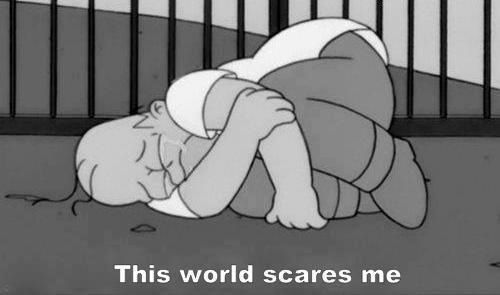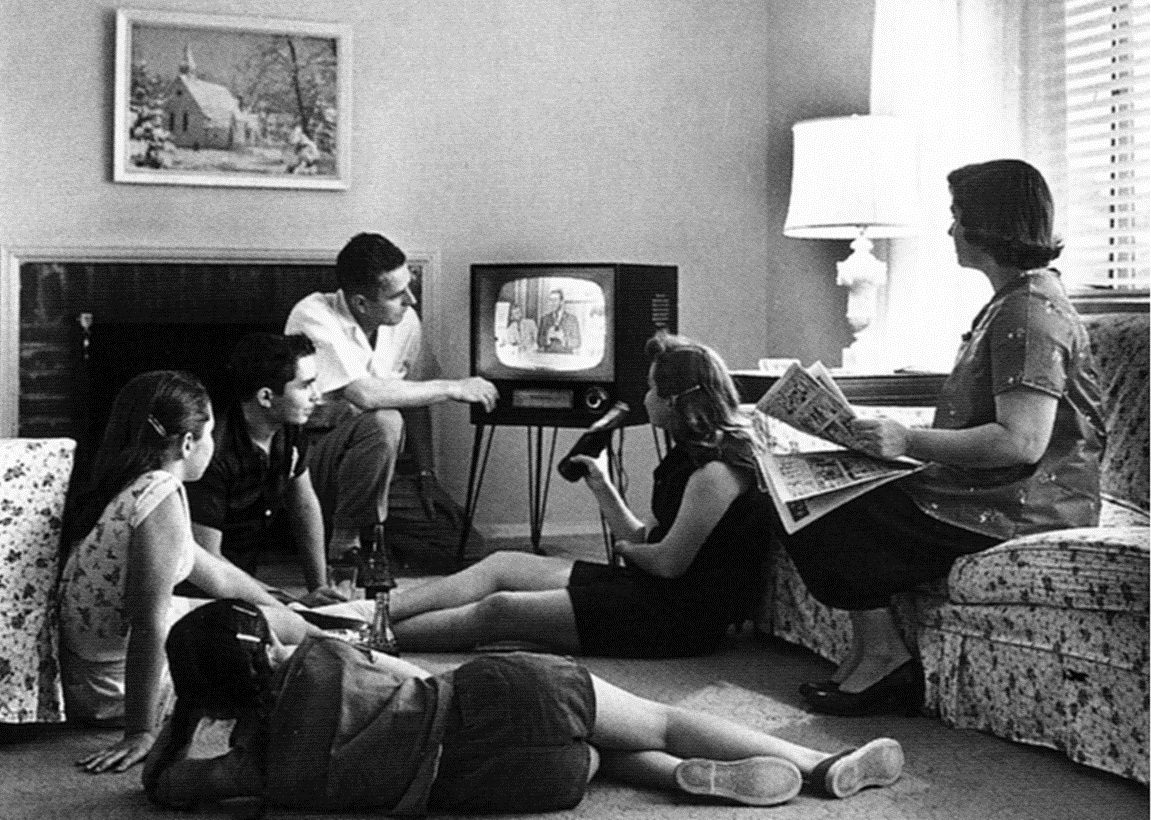Written By: Farahin Mustafa
People are so worried about the effect of media towards children. Media were known as the powerful tools in shaping and influencing the public perception. The society lives with the media as a medium to gain knowledge, information on what happening surround us, communication tools and to learn on how to live our life. Media has become part and parcel in our life and we cannot run from it. Media do give us the benefit since it helps us to complete our routine life just like YouTube that broadcast million of tutorial to teach us how to cook, how to make money and many more. However, media have the negative side when the existence of media somehow affects the kids when no parental guidance to observe the kids media consumption.

According to Alexis S. Tan, when the results of the experiment were shown to the real world most social and behavioral scientist accept the facts and come out with a general consensus where exposure to television violence can cause short-term arousal and modeling effects (Bryant, 1986). There are many other theories that can explain this phenomenon for example, the social learning theory by Albert Bandura. Alexis asserted, “Social learning theory explains how matching performances can result from modeling observed behavior” (Bryant, 1986). Albert Bandura through his research on the kids who was separated in different room and one group was exposed towards violence and then it was agreed then the kids do exactly the same violence and aggression towards Bobo doll while another group vice versa.
Kids today have a greater access to the media including social media like Facebook and YouTube. Lack of parental guidance may lead to over-consuming of media and the kids might imitate non-proper content. In social learning behavior or also known as social cognitive theory, kids or people learn behavior through several stage; observational learning, reinforced performance and biological determinants. In general, this theory explained that children who were exposed to television (observational learning) are motivated to imitate the act (reinforced performance) and then when it becomes to a certain situation where they feel a pressure or feeling of aggression, they have the tendency to imitate the violence act they have seen once.
https://www.youtube.com/watch?v=7d4gmdl3zNQ
Video Credit: YouTube Video Source
Other than that, media also affects the children by cultivating the negative view of the real world toward children. According to George Gerbner (1985), “television is the most common purveyor of images to mass audience, cultivation theory hypothesizes that heavy viewers of television will be more likely to hold the conceptions of the world consistent with what is seen on television” (Dudo et al, 2011). In general, the theory explained that children who were exposed to television more than four hours can be labeled as heavy viewers and they most likely will view the world as what they see in the television. The effects as we can see, society portray beautiful as having skinny figures and fair skin color, thus, the children was exposed to such thoughts and no wonder kids nowadays are depressed when they being ridicules in schools for being fat and have a dark skin. No

wonder, there are many bullied cases on fat kids and others with disabilities as television keep portraying the image of bully victims is always the kids with fat figures. Therefore, cultivation theory explained how media could cultivate a negative perception on children towards real world. Youth are the obvious group of our children who fear towards the real world. They are afraid of being ugly and not accepted by the society. This is where cultivation theory applied.
Besides cultivation theory, users and gratifications theory also explained the phenomenon of media effects towards children. According to Alan M. Rubin, users and gratifications research generally focuses on the consuming behaviors of media audience members, basically, different media consumption cause different effects (Bryant, 1986). For example, people who use media for entertainment, it may not influence their behavior while people who use media as an escapism may have the potential to be addicted as what Robin Smith asserted in his article entitled Television Addicted and one of his literature on television addicted among children are:
“According to Schramm et al (1961), It is undoubtedly true that television addicts exist and among children who are psychologically disturbed in a serious way… The child who becomes addicted to the dream world of television is usually schizoid or suffering from very unsatisfactory personal relations, at home or with the peer group or both. (Bryant, 1986)”

Users and gratifications theory explained that people consume media to satisfy their needs. There are five types of needs in this theory; the needs for entertainment, escapism, self-enhancing, educational and social integration. Mostly children will use these three types of media – television, video games and social media and they might use these media to satisfy the needs of self-enhancing, entertainment and escapism. Kids nowadays use media to escape from their duty to complete their homework, to run away from doing house chore and also to seek for a dream world, as the real world cannot give satisfaction to them (love and companionship from parents for instance). According to literature on television addicted, it was acceptable that kids who were being ignored by their parents tend to spend their time on media. They felt that those media could be a source of escapism from the real world. Due to that, they will feel addicted and cannot live without the media. That is how users and gratifications theory can affect the children. When the media was found to satisfy the needs, the kids will become addicted towards the media and somehow it affects the children thoughts and life.

In a nutshell, media really affects the children when most of their times well-spent on television and other media. Advertising is one of the mass communication tools brought by mass media and it consist of persuasive message that is dangerous to the children due to most of the advertisement consist of things that can lead to unhealthy lifestyle. Media is really affecting the kids when their lifestyle, self-enhancement and decision-making process depend on information portraying by media. Therefore, parents are responsible in observing the media consumption by kids. Parents should guide them what they should watch and what they shouldn’t watch on television. They also have to learn how to filter the content and reduce the time spent by the kids on television and other media.
References
Bryant, J. (1986). Perspectives on media effects. New Jersey: Lawrence Erlbaum Associates.
Dudo, A., Brossard, D., Shanahan, J., Scheufele, D.A., Morgan, M., & Norielli, N. (2011). Science on television in 21st century: recent trends in portrayals and their contributions to public attitudes toward science. Communication research, 38(6), 754-777.
